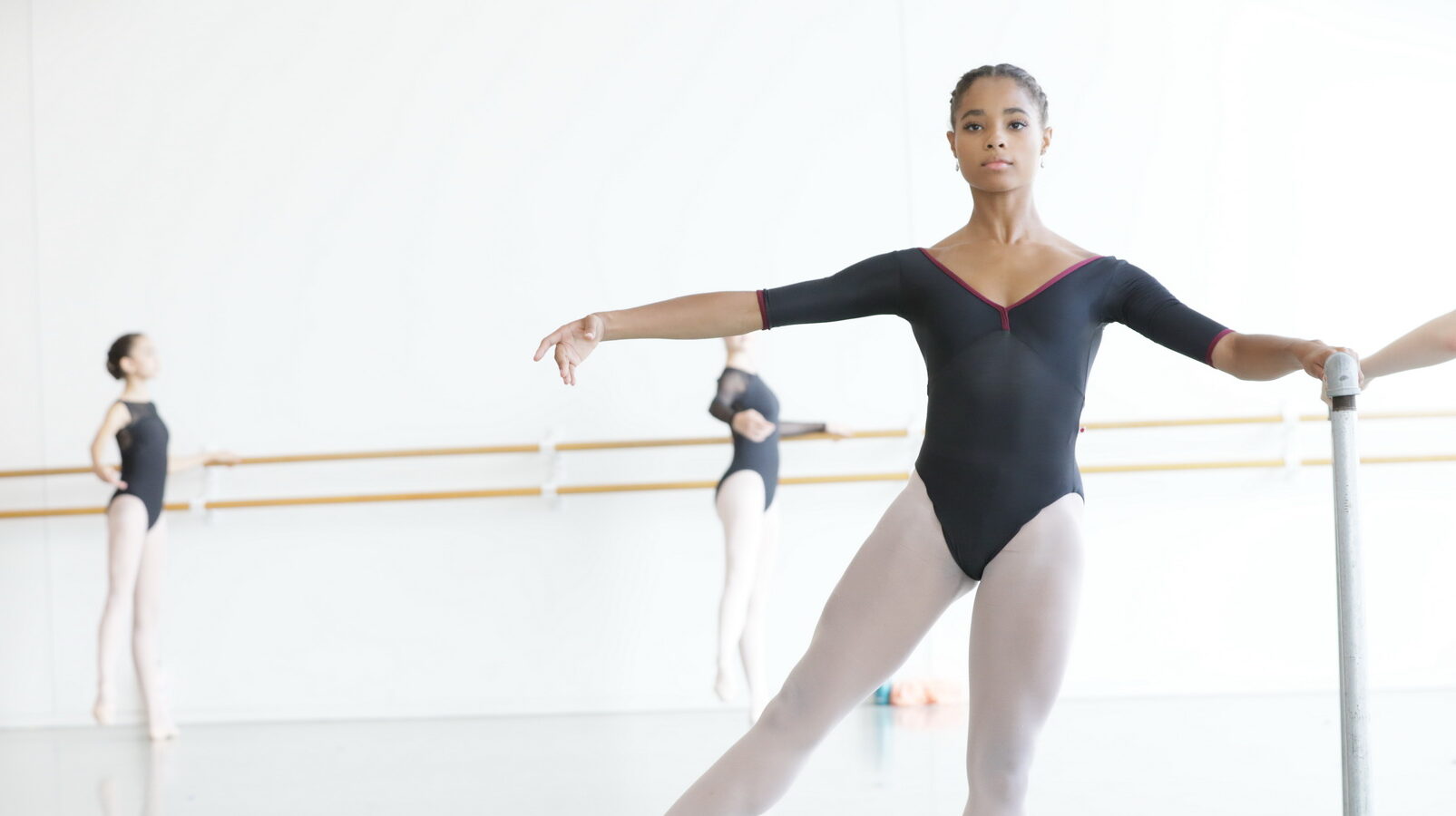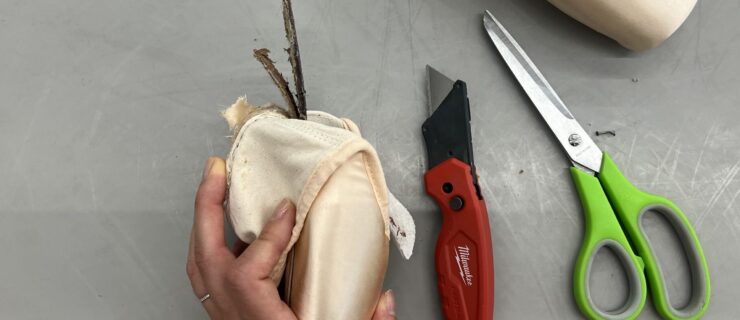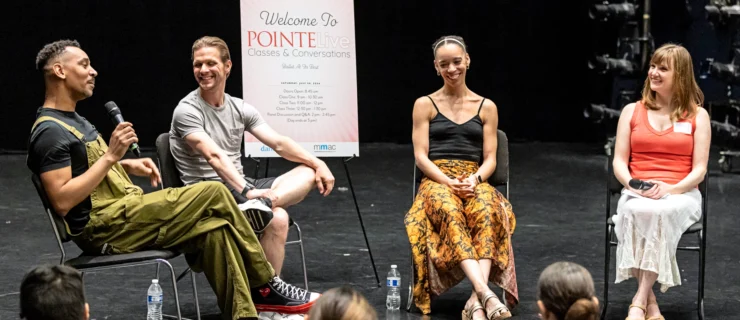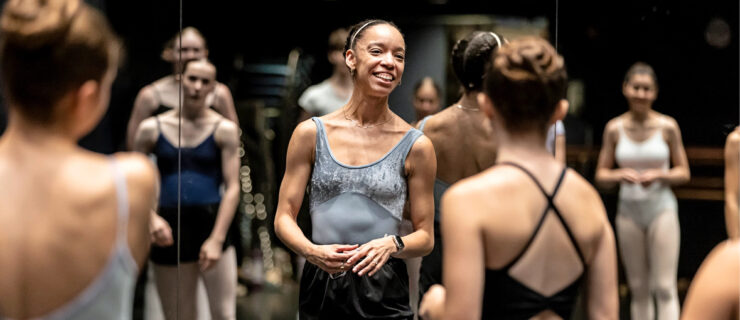How to Prep If You Want a Trainee or Second Company Spot Next Year
Kellen Hornbuckle attended Houston Ballet summer intensives for six years in a row, being invited back on scholarship. But she didn’t let the artistic staff’s evident interest in her make her complacent. When she was finally ready to make the leap to leave her home studio in Virginia Beach, she felt pressure to use that school year to get into the intensive again and earn her place in Houston Ballet’s second company. “It was kind of an unspoken motivation,” she says of her last year at home. “I wanted to be good enough to come back to Houston.”
Hornbuckle, now a Houston Ballet demi-soloist, spent years nurturing inroads to her dream company before finally joining HB2, but her path is by no means the only one to a traineeship or second company contract. Some dancers have a more direct pipeline through their local pre-professional program. Others travel to all corners of the country (and even beyond) attending summer intensives before finding the right fit.
Whatever your path is, if your goal this time next August is to secure a spot in a trainee, second company, or apprentice program, the upcoming school year is an important one. Read on for expert tips on how to manage everything from your schedule to your mental well-being to achieve your ambitions next year.
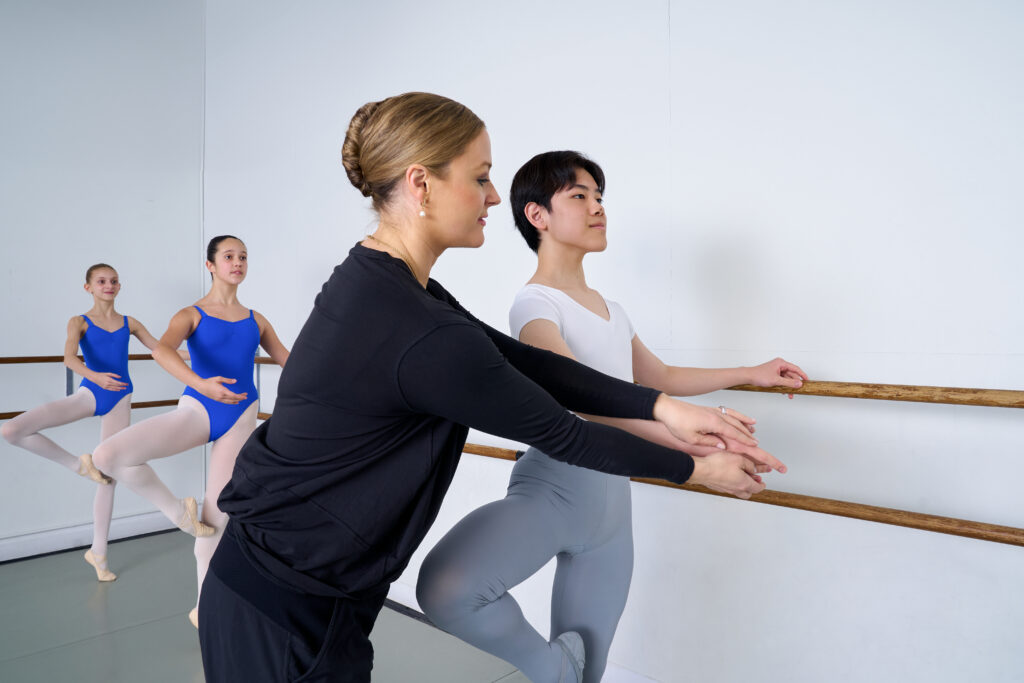
Prepare Your People
Before launching into your auditioning to-do list, there is one crucial step that Ashley McNeil, director of Alberta Ballet School, encourages each of her senior students to take: Communicate your goals to your parents, ballet teachers, school teachers, and any others who might serve as your support system. “The people who are in your life that support your ambitions need to know as much as possible about this final year and the significance of it, so that they can get behind you and understand why,” says McNeil. By prepping your community members early on, they will be more prepared and committed to helping you, especially when things get really hectic. As a test case, think of how likely an academic teacher would be to help you spread out a midterm workload if they knew you were auditioning for ballet programs or companies than if you, for example, emailed in a panic the night before a big deadline.
Pro tip: According to Jared Redick, assistant dean of ballet at the University of North Carolina School of the Arts’ high school program, learning to proactively communicate your needs will serve you in your professional life, too. “Young dancers really need to learn how to advocate for themselves in a positive way. That speaks volumes to the actual workflow that they’re going to be dealing with when they get into a company. No one wants to have someone who struggles with communicating effectively,” Redick says.
Organize Your Materials
Redick notes that the outset of a new school year is the best time to start researching which companies you want to target, mapping out their requirements, and preparing your materials. “Do all of that legwork as soon as possible,” he says. The last thing you want during audition season—or even before, in case you meet a visiting teacher with recruitment in the back of their mind—is to be empty-handed if someone asks for your audition materials (whether they are physical or digital). “Have your resumé ready, have your pictures, your reels—have all of that ready in a folder so that you can shoot it off in an email within an hour.”

McNeil agrees: “There’s nothing more stressful than filming at the last minute.” Set goals and deadlines for each month. For example, in September you might research and plan which variation you want to film and schedule your photo shoot for headshots and full-body dance images. Reserve October for creating your audition spreadsheet and writing your resumé. In November, formalize your travel plans and film your variation.
Pro tip: McNeil recommends treating your filming process like a stage performance, where you can’t stop and start over. You’ll get a much better result—and ultimately be less anxious during the process—if you film complete takes rather than nitpicking and restarting at every imperfection.
Your reel is necessary, but don’t rely on it solely. Redick recommends any opportunity to get in front of directors in person. “They need to get a sense of who dancers are.” When it comes to the actual audition process for traineeships and second companies, going through a summer intensive is one of the industry practices, says Redick. But it’s not the only way. Before Hornbuckle joined HB2, she also attended a couple of short-term, winter intensives during her school breaks. Some programs hold auditions in the spring. Also, larger ballet competitions like Prix de Lausanne and Youth America Grand Prix are platforms with proven track records for placing company hopefuls, says Redick. “Certainly, directors are hiring from the competitions.”
Polish Your Technique, Then Build on It
When it comes to your training, Redick says, “every company is looking for dancers who have a very strong classical ballet foundation. They’re looking for that foundational work that is very clear and clean.” Do your due diligence and educate yourself on different styles, he continues, adding that dancers can access a tremendous amount of information on YouTube and social media.
The year leading up to your next step is also a good time to start cultivating your personal artistry, says Hornbuckle. “Soak up everything you can from your teachers, your classmates, even videos you see on Instagram,” she says, “and find how you can make it unique to yourself.”
Pro tip: Start by identifying what makes you different. Reflecting on her identity as a Black dancer, Hornbuckle says, “when you’re the only one that’s African American or whatever ethnicity—and, honestly, it doesn’t even have to do with ethnicity—everyone is unique. You’re your own person. If you stand out, use that to stand out in a good way.”
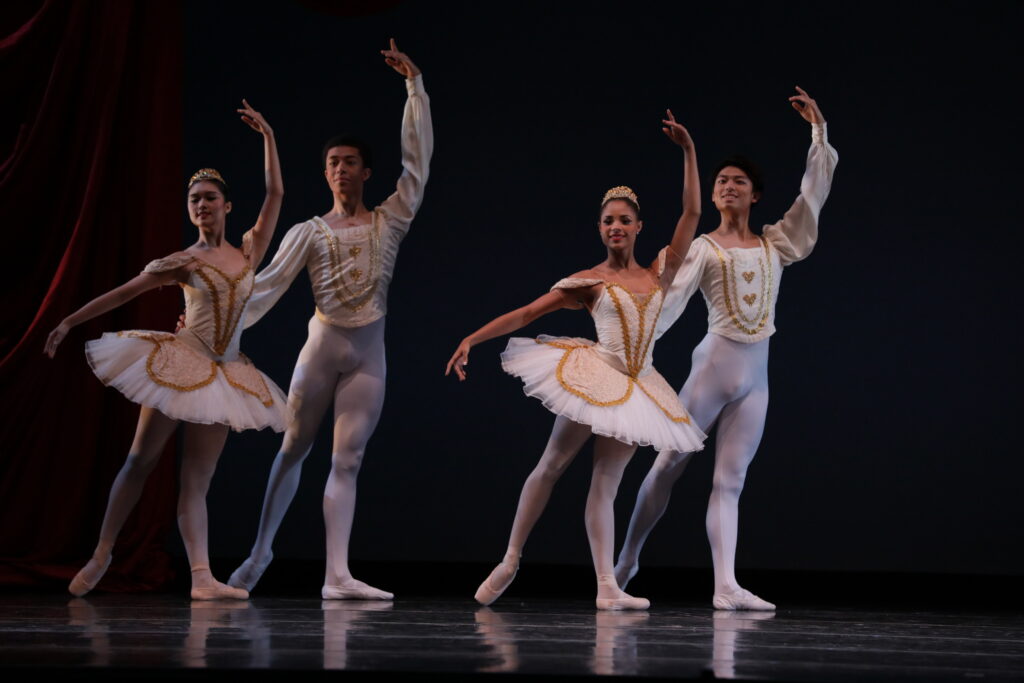
Give Yourself Grace
Finally, all of our experts agree that your final year before a potential traineeship or second company position can be a chaotic, stressful time—the perfect breeding ground for anxiety.
In all of the craziness of planning and traveling, don’t forget your day-to-day needs and self-care. “Your body will tell you exactly what you need,” says Hornbuckle. “If it needs a burger, it needs a burger. If it needs a salad, it needs a salad.”
Trust your instincts, and trust your process. The plans you put in place now will serve you later if things get overwhelming. “Auditioning for companies is always emotionally challenging,” says Redick. “Being organized makes the emotional part easier as you move through the process.”
